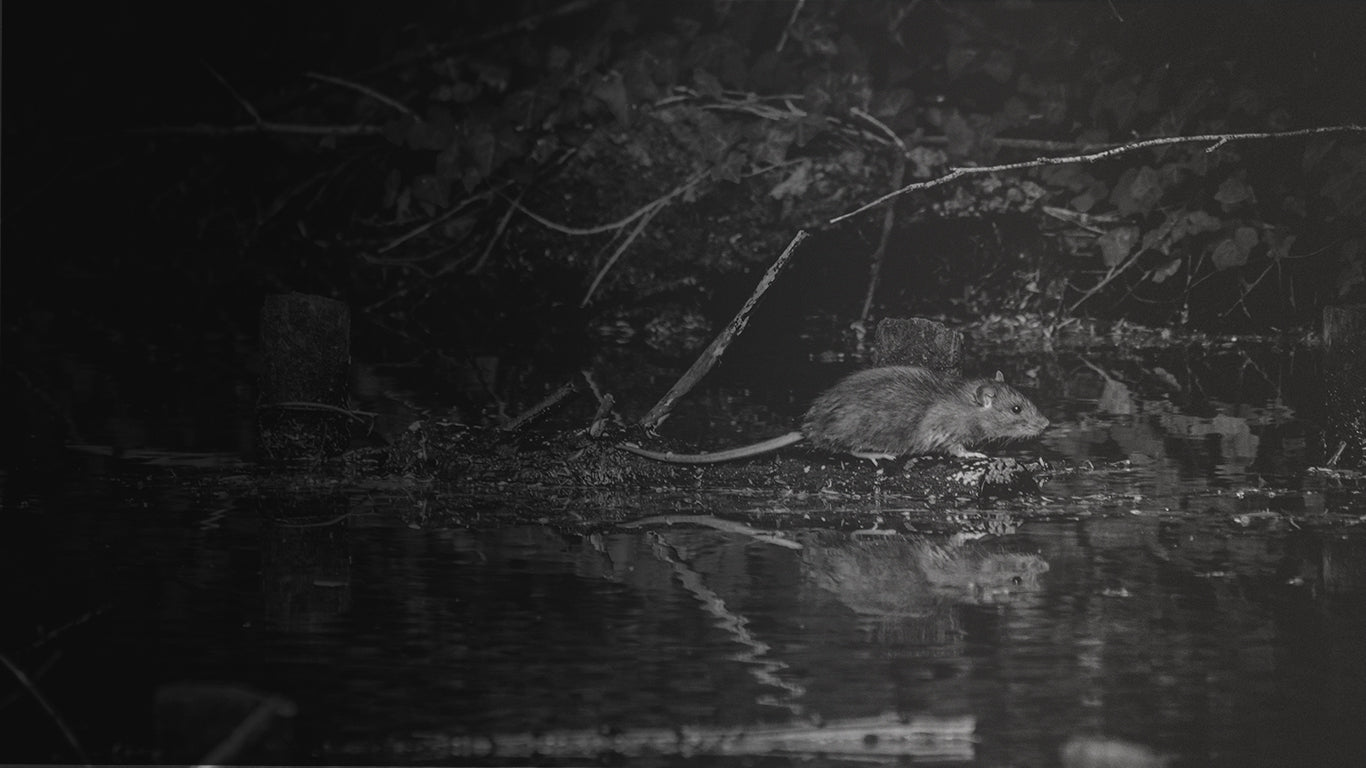
About Mice
Mice, ubiquitous boast a remarkable adaptability that allows them to thrive in a broad spectrum of habitats worldwide. From dense forests and grassy meadows to urban environments and agricultural fields, mice exhibit an astonishing capacity to exploit diverse ecological niches. Their size, typically small and agile, enables them to navigate confined spaces with ease, making them equally at home in cozy burrows as they are in human-made structures.
However, this adaptability has a downside, as it often brings mice into close proximity with human populations. This proximity is one of the primary reasons why mice are considered pests. Mice can cause extensive damage to crops, stored food, and property by gnawing on wires, insulation, and wooden structures. They are notorious for their role in transmitting diseases to humans through their urine, feces, and parasites, posing health risks in homes and food storage areas. Additionally, their rapid reproduction rates mean that a small infestation can quickly spiral into a much larger problem if not controlled.

Mice and People
The relationship between mice and people is a complex and multifaceted one. On one hand, mice have coexisted with humans for millennia, often as unwelcome guests in homes, barns, and food storage areas. This coexistence has led to efforts to control and manage mouse populations through various means, including traps, poisons, and preventive measures like sealing entry points. In this context, mice are typically seen as pests that can cause damage and pose health risks to humans.
On the other hand, mice have also been instrumental in scientific research, particularly in the fields of genetics and biomedical studies. Their small size, short reproductive cycles, and genetic similarities to humans make them valuable subjects for understanding human genetics, disease, and behavior. Laboratory mice have contributed significantly to our understanding of various diseases and the development of new medical treatments.
Beyond these practical aspects, mice have also captured the human imagination in literature, folklore, and popular culture. They often symbolize qualities such as curiosity and resourcefulness. In children's stories, they are beloved characters like Mickey Mouse, while in mythology, they can represent cunning and adaptability. In this way, mice have woven themselves into the fabric of human culture and continue to be both a source of fascination and, at times, frustration in our shared human experience.

Historical Context
The history of mice is intertwined with the evolution of mammals on Earth. Mice, as a group of small rodents, have a long evolutionary lineage dating back millions of years. Fossil evidence suggests that their ancestors first appeared during the Paleocene epoch, some 60 million years ago. Over time, mice diversified into various species, adapting to a wide range of ecological niches around the world.
While mice have existed for millions of years, their relationship with humans also has a deep historical connection. As humans transitioned from hunter-gatherer societies to settled agricultural communities, mice followed the surplus of stored grains and crops, establishing a presence in human habitats. This coexistence has led to mice being both a source of fascination and a persistent challenge throughout human history, influencing agriculture, trade, and even contributing to the development of pest control methods over millennia. In modern times, mice continue to play a role in scientific research, serving as valuable subjects for studies in genetics, medicine, and behavior, further highlighting their enduring importance in our shared history.
If you possess specialized knowledge or profound insights that you're currently applying or believe will benefit others, we encourage you to share your expertise with us.
Your valuable wisdom can greatly enrich our community and empower fellow trappers!





